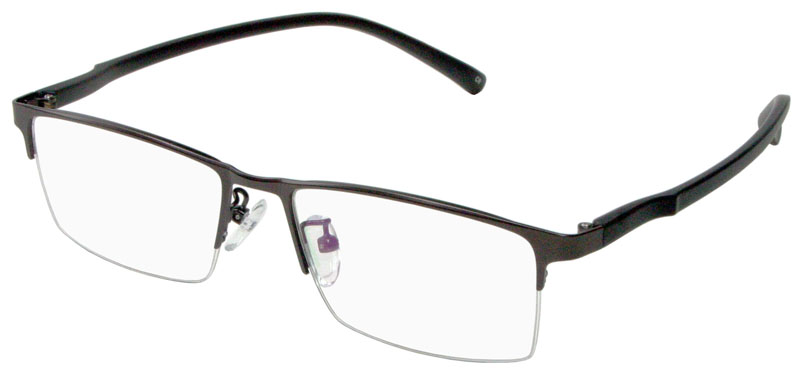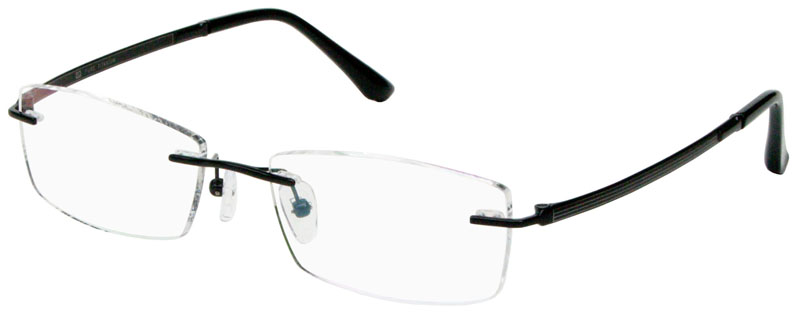Picking Out the Perfect Frames

To find the perfect frames for you,
we will focus on frame measurements, style, and material.
What are all the Frame Measurements?
There are 5 main frame measurements we focus on:
Lens Width

Lens width measures the horizontal distance of one lens at the widest part, and may also be referred to as “eye size” by some doctors
Nose Bridge Width

Nose bridge width measures the distance between the lenses
Lens Height

Lens Height measures the vertical distance of one lens at the longest part
Frame Width

Frame width measures the horizontal distance of the entire frame inside the temple
Temple Arms Length

Temple length measures the distance of the arm piece that rests on your ears and holds your glasses in place
-
These measurements are typically written in millimeters
-
On most glasses, there will be a set of three numbers written on the inside of the temple arms that indicate the dimensions of those glasses.
-
They are written in the order of lens width, nose bridge width, and temple arms length. For example, if 51x18x140 is found on the inside of your glasses, it means:
-
Lens width is 51mm
-
Nose bridge length is 18mm
-
Temple Arms Length is 140mm
-
*Important Note for Bifocals and Progressive*
-
For bifocal glasses, the frame you choose must have a lens height of at least 27mm
-
For progressive glasses, the lens height must be at least 29mm.
-
This allows us to create your glasses with the proper segment height.
What is the Difference Between
Full Rim vs Half Rim Vs Rimless Frames?
Full Rim 
Full rim glasses fully cover and protect your lenses by outlining the entire lens with the frame. Full rim glasses can hold up thick lenses better and are typically more sturdy than half rim or rimless glasses.
Half Rim 
Half rim glasses are covered on the top portion of the glasses but not the bottom portion. Half rim glasses are typically lighter than full rim glasses.
Rimless 
Rimless glasses do not have a rim covering the lenses, so these glasses are more fragile and delicate. Because these glasses are more fragile, we require impact or polycarbonate lenses for all of our rimless glasses to reduce breakage.
What is the Difference
between the Frame Materials?
Acetate
Acetate frames are known to be strong while still being lightweight. Although similar to plastic frames, frames made from acetate are typically more flexible and durable than plastic frames.
Aluminum
Aluminum frames are strong like steel while still maintaining a lightweight structure. They are corrosion resistant and more environmentally friendly because they are recyclable.
Metal
Metal frames are great for those who want a minimalist look. Compared to plastic frames, they are thinner and have more options for half rim and rimless options.
Plastic/TR90-Plastic
Plastic/TR90-Plastic frames are a popular option because of its affordability and versatility. Plastic frames are lightweight and have the most customizable options out of all the materials. If you are someone who enjoys having frames with different colors, shapes and patterns, then plastic frames are a great option to accessorize your wardrobe.
Pure Titanium
Frames made from pure titanium frames are very strong while still being lightweight. These frames are corrosion-resistant and also hypo-allergenic so it is recommended for those with allergies to metal frames.